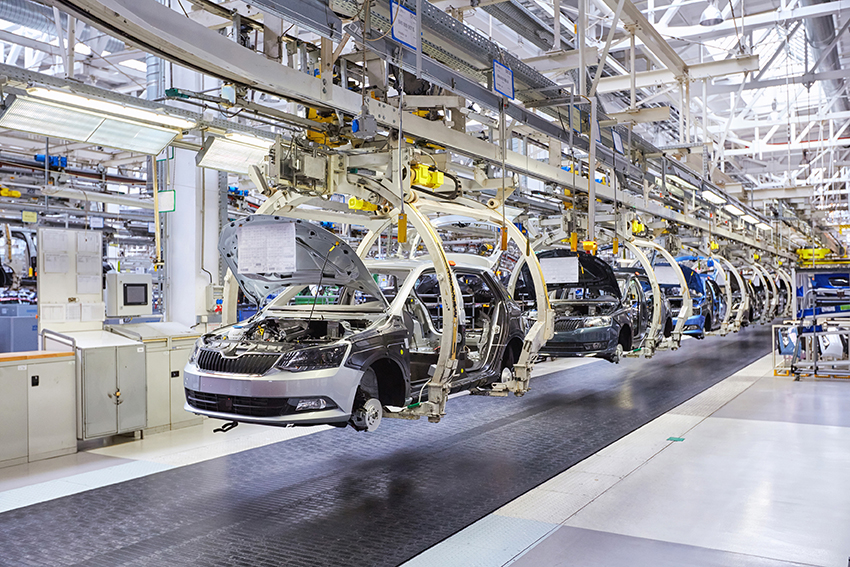Industry 4.0: Is Lot Size 1 Achievable?

In the dynamic world of electronics manufacturing, one of the major challenges is handling an increasing number of New Product Introductions (NPIs) while dealing with shrinking lot sizes. The rise in electronic content across products demands more engineering time and resources. Industry 4.0 is often heralded as the solution, but fully harnessing its potential is a complex task.

The automotive industry offers a valuable comparison. For years, car manufacturers have built unique vehicles on continuous assembly lines, accommodating a vast array of individual variations. This trend towards customization is now evident in electronics manufacturing, where products once mass-produced are increasingly tailored to local markets. Consequently, batch sizes are shrinking, making efficient changeovers critical to maintaining profitability.
To achieve this, manufacturers need right-first-time programs, which require two key elements: a single digital twin of the product and validated data tailored to each machine. Electronics assembly lines typically involve multiple machines, each with its own software and input data requirements. This can lead to inefficiencies and misalignments as different operators handle different parts of the process. The solution lies in creating a single digital twin – a comprehensive digital representation of the product – that can be used across all machines.
Siemens Valor Process Preparation addresses this challenge by providing a unified solution that generates a consistent set of files for all machines, significantly reducing the time and errors associated with program alignment. Another significant challenge is the lack of standardization in CAD data across the industry. Different companies and even different projects within the same company can use varied conventions, leading to placement and rotation issues of parts.
Valor Process Preparation overcomes this by normalizing the design data and creating a digital twin of the product. This digital twin includes all necessary component information and can be aligned with machine-specific requirements, ensuring that the first board produced is accurate and reliable. The digital twin concept extends beyond just SMT placement machines. It can be used to create stencil layers for solder paste inspection (SPI), automate optical inspection (AOI), and support in-circuit and flying probe tests (ICT/FPT).
By integrating all these processes into a single digital twin, manufacturers can ensure consistency and accuracy across the entire production line. Achieving lot size 1 – where each product is unique and produced efficiently – is undoubtedly challenging. However, with advanced solutions like Siemens’ Process Preparation, it is within reach. This is why many of the world’s largest contract manufacturers rely on Siemens Digital Industries Software to streamline their production processes and meet the demands of modern electronics manufacturing.
Industry 4.0 has the potential to revolutionize electronics manufacturing, making lot size 1 not just a possibility, but a reality.


